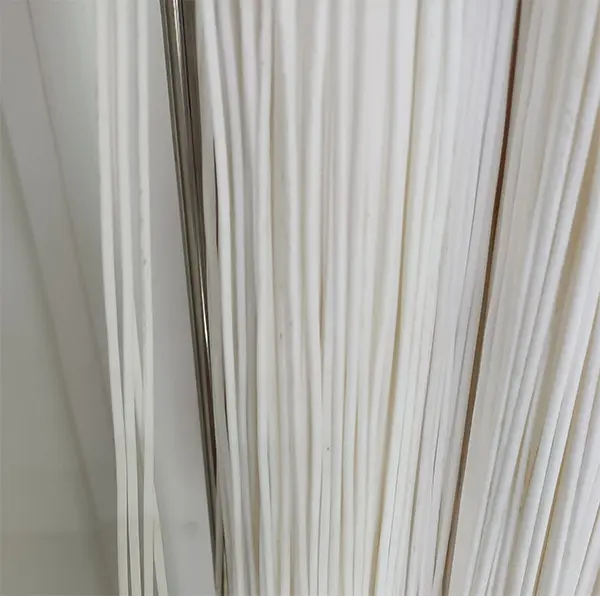What is the appropriate negative pressure for water production in MBR membrane
The negative pressure of MBR membrane during normal operation should be less than 0.05MPa. Given that there are differences in the selected pipelines, pipe spacing, and other factors for each system, it is usually recommended that users record the negative pressure at the inlet of the MBR membrane suction pump after 5 to 10 days of using the new membrane, and use this data to determine the negative pressure situation in subsequent operations.
The negative pressure of MBR membrane refers to the difference between the inlet side pressure and the permeate side pressure of the membrane component, commonly referred to as transmembrane pressure difference or membrane pressure difference. This pressure difference is a key parameter for the operation of MBR membranes and can be controlled by adjusting factors such as the number and arrangement of membrane components, inlet flow rate, and feed concentration.

In the MBR membrane system, negative pressure can be used to promote the passage and permeation of water, thereby enabling the MBR membrane to efficiently remove pollutants and harmful substances. At the same time, negative pressure can also have an impact on the flux and lifespan of MBR membranes. Excessive negative pressure may accelerate membrane blockage and damage, while insufficient negative pressure may lead to insufficient membrane flux.
Therefore, in the design and operation of MBR membrane systems, it is necessary to properly control the magnitude and range of negative pressure changes to ensure the stability and longer lifespan of MBR membranes.
